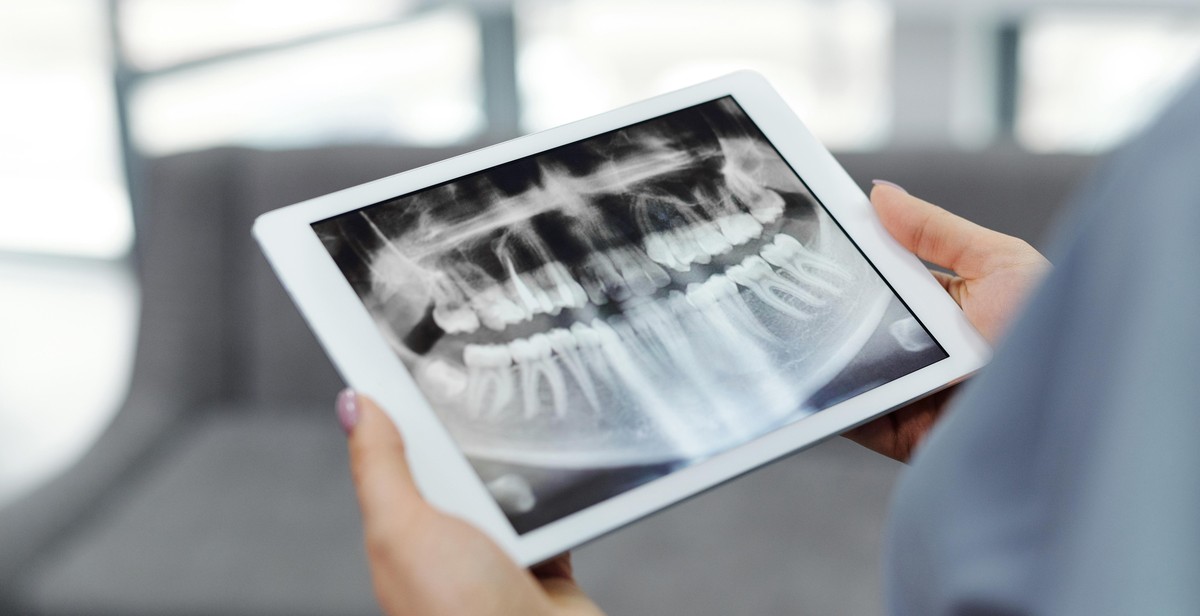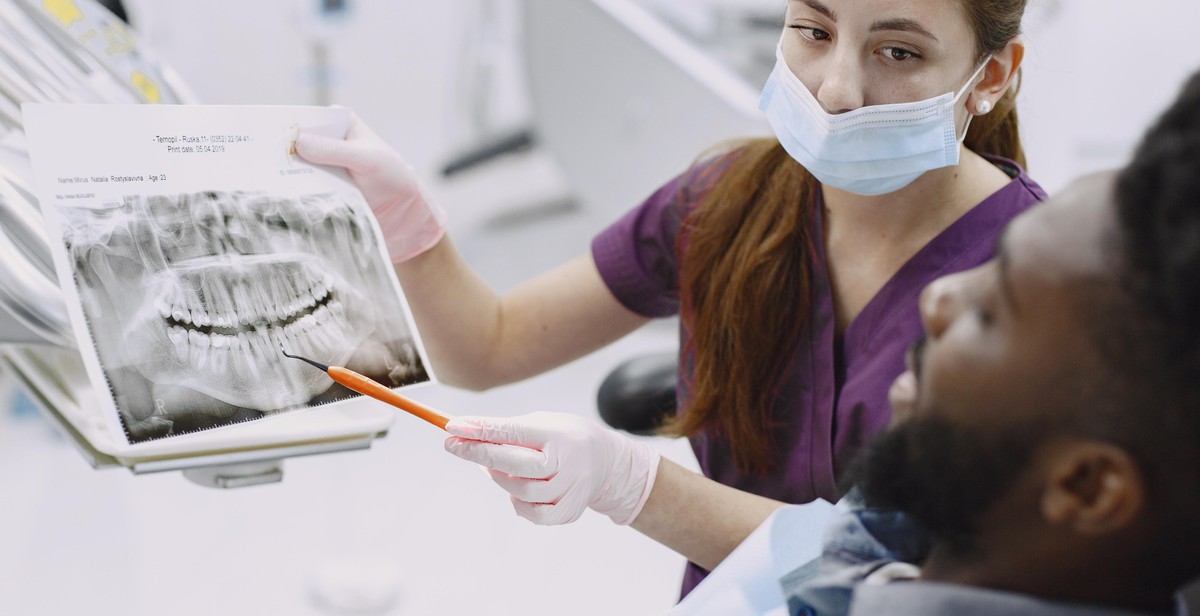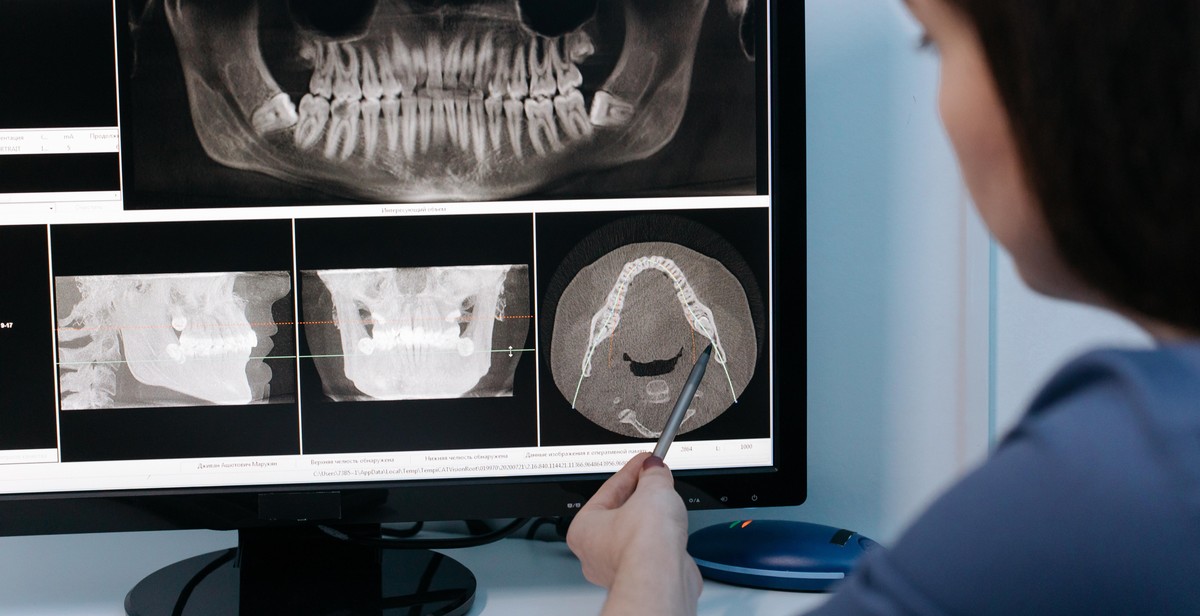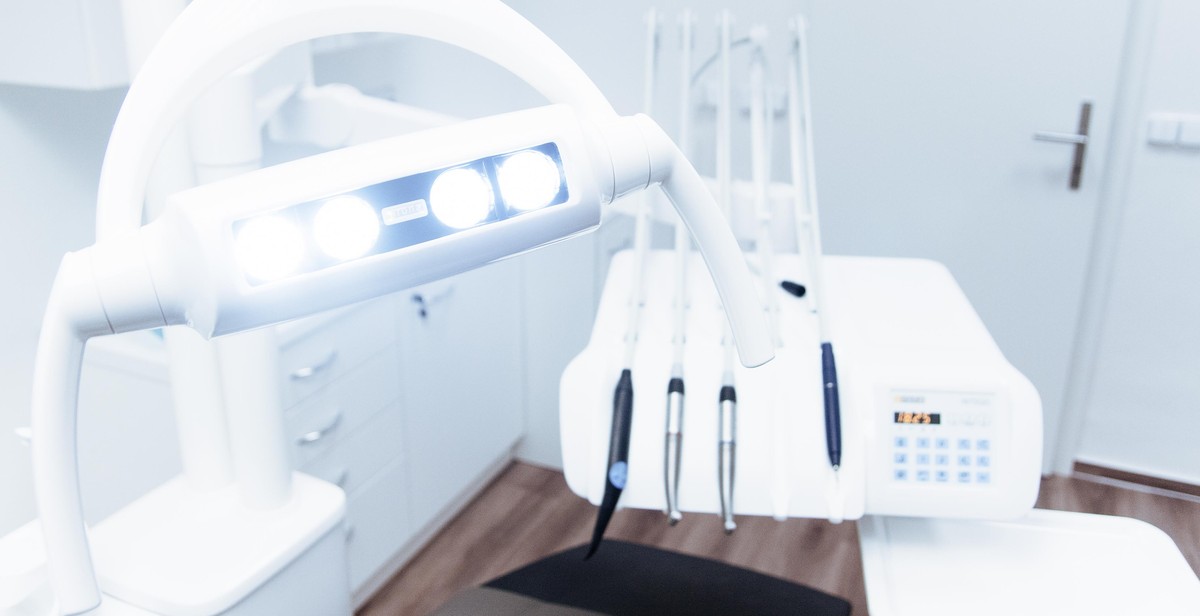How to Prepare for a Dental X-ray: Guidelines for Patients Before Undergoing Dental X-rays
As a professional article writer and content creator with years of experience in the dental industry, I understand the importance of dental x-rays in diagnosing and treating various oral health conditions. Dental x-rays are a common diagnostic tool used by dentists to identify dental problems like cavities, gum disease, and impacted teeth. Before undergoing a dental x-ray, it is important to prepare adequately to ensure that the procedure is successful and safe.
This article provides comprehensive guidelines on how to prepare for a dental x-ray. The guidelines cover what to expect during the procedure, how to prepare for the x-ray, and what to do after the procedure. The information provided in this article is based on personal experience and professional expertise in the dental industry.
Whether you are a first-time patient or have undergone dental x-rays before, this article will provide you with valuable information on how to prepare for a dental x-ray and ensure that the procedure is successful. By following the guidelines provided in this article, you can rest assured that your dental x-ray will be safe, effective, and comfortable.

Why Are Dental X-rays Important?
Dental X-rays are an essential tool in diagnosing and treating oral health issues. They allow dentists to see inside the teeth, gums, and jaw bone, which is not visible during a regular dental exam. Dental X-rays can detect problems that may not be visible to the naked eye, such as cavities, gum disease, and impacted teeth.
Types of Dental X-rays
There are several types of dental X-rays that your dentist may use, depending on your oral health needs:
- Bitewing X-rays: These X-rays show the upper and lower back teeth and are used to detect decay between teeth and changes in bone density caused by gum disease.
- Periapical X-rays: These X-rays show the entire tooth, from the crown to the root, and are used to detect abnormalities in the root structure and surrounding bone.
- Panoramic X-rays: These X-rays show a broad view of the entire mouth, including all teeth, upper and lower jaws, sinuses, and jaw joints. They are used to detect impacted teeth, jaw disorders, and bone abnormalities.
Benefits of Dental X-rays
Dental X-rays offer several benefits, including:
- Early detection of dental problems: Dental X-rays can detect dental problems in their earliest stages, allowing for prompt treatment and preventing further damage.
- Improved accuracy in diagnosis: Dental X-rays provide a detailed view of the teeth and surrounding structures, allowing for a more accurate diagnosis.
- Monitoring of oral health: Dental X-rays can be used to monitor changes in oral health over time, allowing dentists to detect potential problems before they become serious.
Overall, dental X-rays are an important tool in maintaining good oral health and should be included as a regular part of your dental care routine.

Types of Dental X-rays
There are several types of dental x-rays that a dentist may use to get a better look at your teeth and gums. Here are three of the most common types:
Bitewing X-rays
Bitewing x-rays are used to show the upper and lower teeth in one area of the mouth. These x-rays are often used to check for cavities between teeth and to see how well the upper and lower teeth line up. Bitewing x-rays are typically taken once a year.
Panoramic X-rays
Panoramic x-rays give a broad view of the entire mouth. These x-rays are often used to check for wisdom teeth, jaw problems, and other abnormalities. Panoramic x-rays are typically taken every three to five years.
Periapical X-rays
Periapical x-rays are used to show one or two teeth from root to crown. These x-rays can help your dentist diagnose problems with the teeth and surrounding bone. Periapical x-rays are typically taken as needed.
Each type of x-ray serves a different purpose, and your dentist will determine which x-rays are necessary based on your individual needs. It is important to follow your dentist’s recommendations for x-rays to ensure that any dental problems are caught early and treated effectively.

Preparing for Your Dental X-ray
Before undergoing a dental x-ray, it is important to prepare yourself adequately. Here are some guidelines to follow:
Inform Your Dentist About Your Medical History
It is important to inform your dentist about any medical conditions you may have or medications you are taking. This information can help your dentist determine the type of x-ray that is best for you and take any necessary precautions.
Discuss Any Concerns with Your Dentist
If you have any concerns about the x-ray procedure, be sure to discuss them with your dentist beforehand. Your dentist can help alleviate any fears or concerns you may have.
Avoid Wearing Metal Jewelry or Accessories
When preparing for your x-ray, it’s best to avoid wearing any metal jewelry or accessories. This includes necklaces, earrings, bracelets, and watches. Metal objects can interfere with the x-ray image and make it difficult for your dentist to get an accurate reading.
Wear Comfortable Clothing
It’s important to wear comfortable clothing to your appointment. This will help you feel more relaxed during the procedure and make it easier for your dentist to position you correctly for the x-ray.
Prepare to Remove Hearing Aids, Glasses, or Other Devices
If you wear hearing aids, glasses, or other devices, be prepared to remove them during the x-ray procedure. Your dentist will give you specific instructions on what to do with these items before the x-ray begins.
| Do: | Don’t: |
|---|---|
|
|

During the Dental X-ray
Once you are ready for your dental X-ray, it is essential to follow your dentist’s instructions carefully. Your dentist will guide you throughout the process and provide you with all the necessary information you need to know.
One of the essential things to keep in mind during the X-ray is to stay still and relax. Moving during the procedure can cause blurring of the images, making it difficult for the dentist to interpret the results accurately. Therefore, try to stay as still as possible and follow any instructions given to you by your dentist.
Moreover, it is crucial to wear protective gear such as a lead apron to shield your body from unnecessary radiation exposure. The lead apron will cover your chest, abdomen, and pelvis and protect your vital organs from harmful radiation.
If your dentist is taking a panoramic X-ray, you will have to stand still and bite down on a piece of plastic that holds the film in place. Your dentist will then position the machine accordingly and take the X-ray.
During the X-ray, you may also be asked to hold your breath for a few seconds to prevent any movement that could blur the image. Once the procedure is complete, your dentist will remove the protective gear and provide you with further instructions based on the results.
Overall, following your dentist’s instructions, staying still and wearing protective gear are crucial steps to ensure a successful and safe dental X-ray procedure.

After the Dental X-ray
After undergoing a dental x-ray, it is important to resume normal activities as soon as possible. There are no restrictions on eating or drinking, and you can continue taking any medications as prescribed by your dentist or physician.
It is recommended to drink plenty of water to help flush out any residual radiation from your body. This will also help keep you hydrated and prevent any potential side effects from the x-ray.
Schedule a Follow-Up Appointment
Your dentist will review the results of your x-ray and discuss any findings with you. Based on the results, your dentist may recommend further treatment or follow-up appointments. It is important to schedule and attend any follow-up appointments as recommended by your dentist to maintain good oral health.
Conclusion
By following these guidelines, you can ensure a safe and successful dental x-ray experience. Remember to communicate any concerns or questions with your dentist to ensure that you are comfortable and informed throughout the process.

Conclusion
Undergoing a dental x-ray may seem daunting at first, but with the right preparation, it can be a simple and painless process. As a patient, it is important to communicate with your dentist about any concerns or questions you may have before the procedure. This will help alleviate any anxiety and ensure that you have a positive experience.
Remember to inform your dentist of any pre-existing medical conditions or pregnancy before the x-ray. Additionally, be sure to follow the guidelines for preparation, such as fasting or removing jewelry, to ensure the highest quality images.
It is also important to note that dental x-rays are a valuable tool for identifying potential oral health issues. By regularly undergoing x-rays, your dentist can catch problems early on and provide appropriate treatment.
Stay Proactive About Your Oral Health
Don’t let fear or anxiety prevent you from seeking necessary dental care. With the right preparation and communication with your dentist, you can feel confident and comfortable during your x-ray procedure. Remember to follow up regularly with your dentist to stay proactive about your oral health.
Disclaimer
The information provided in this article is not intended to replace professional medical advice. Always consult with your dentist or healthcare provider before undergoing any dental procedures.
